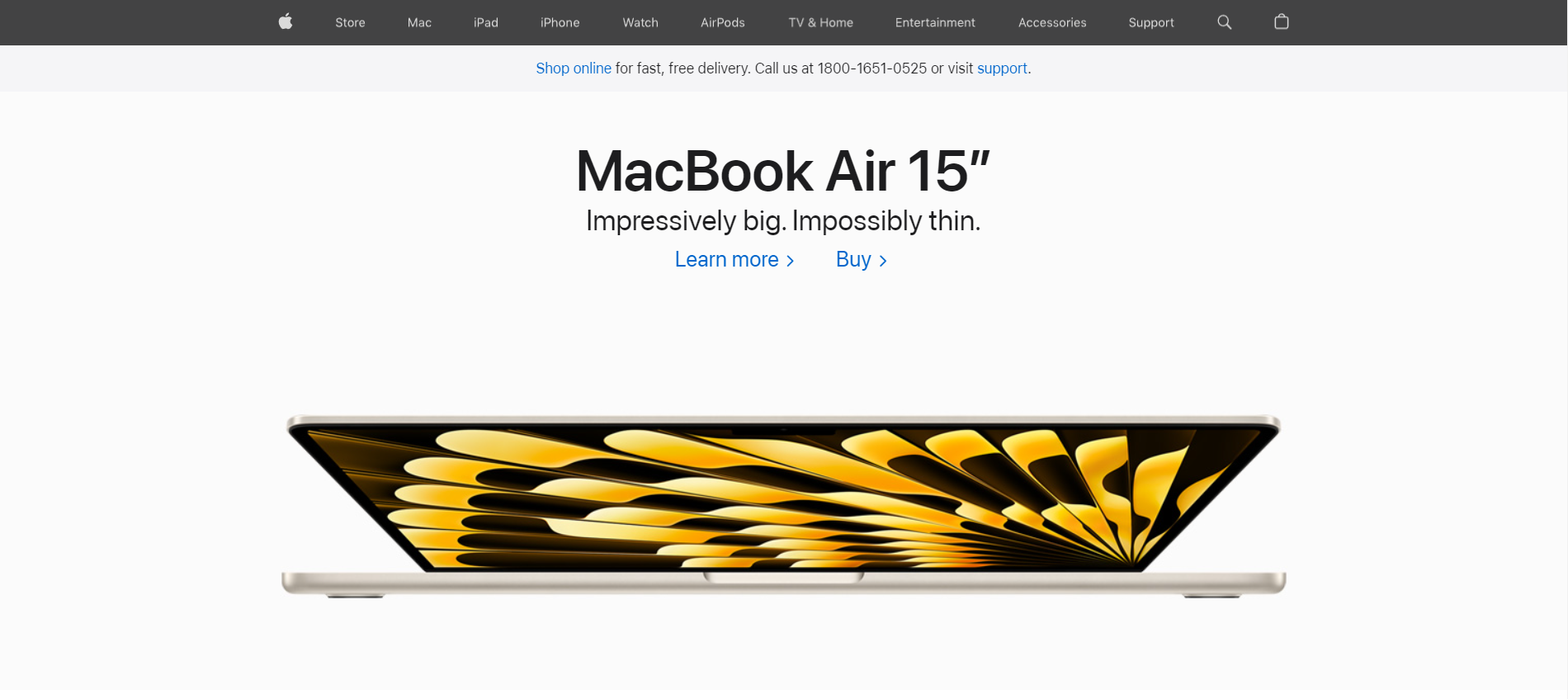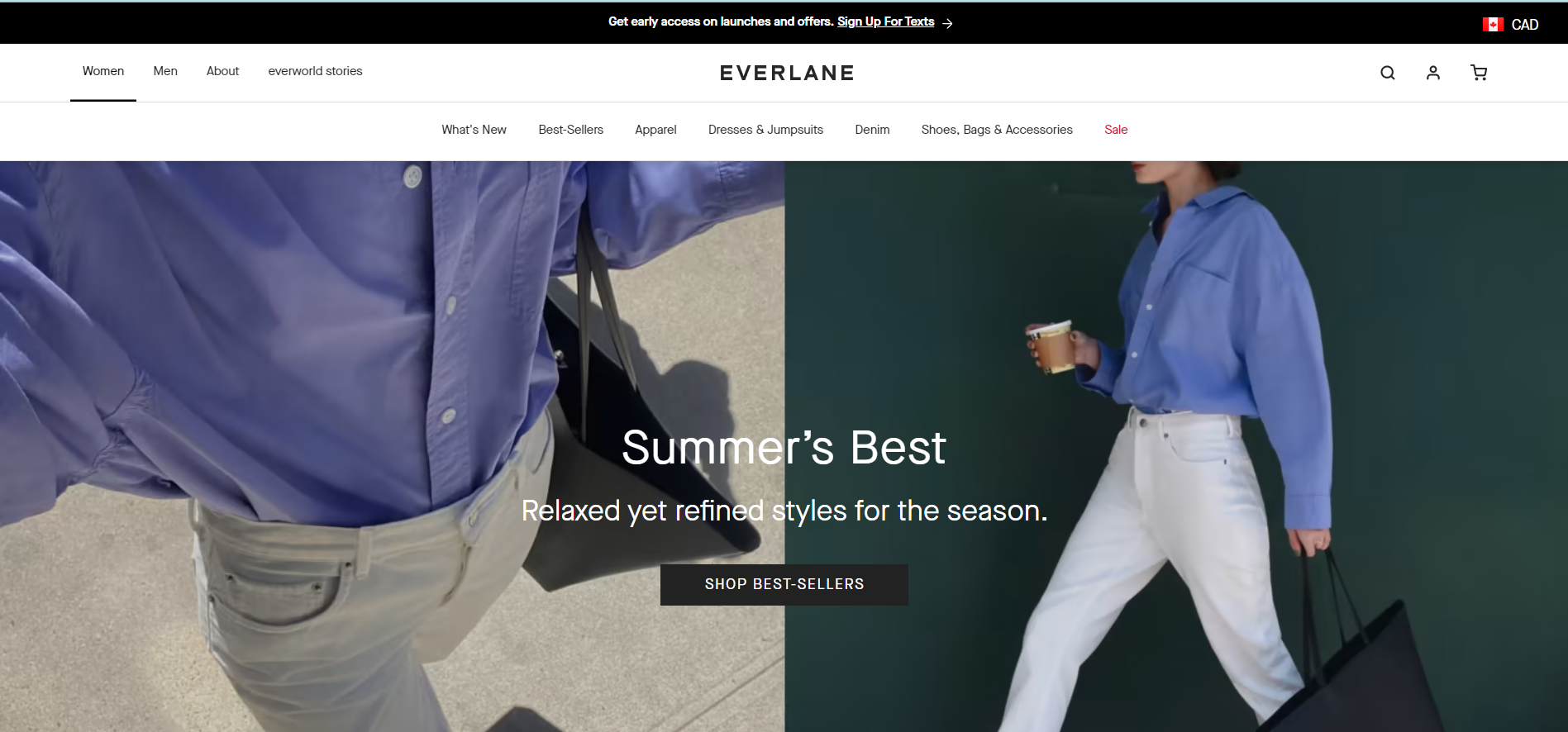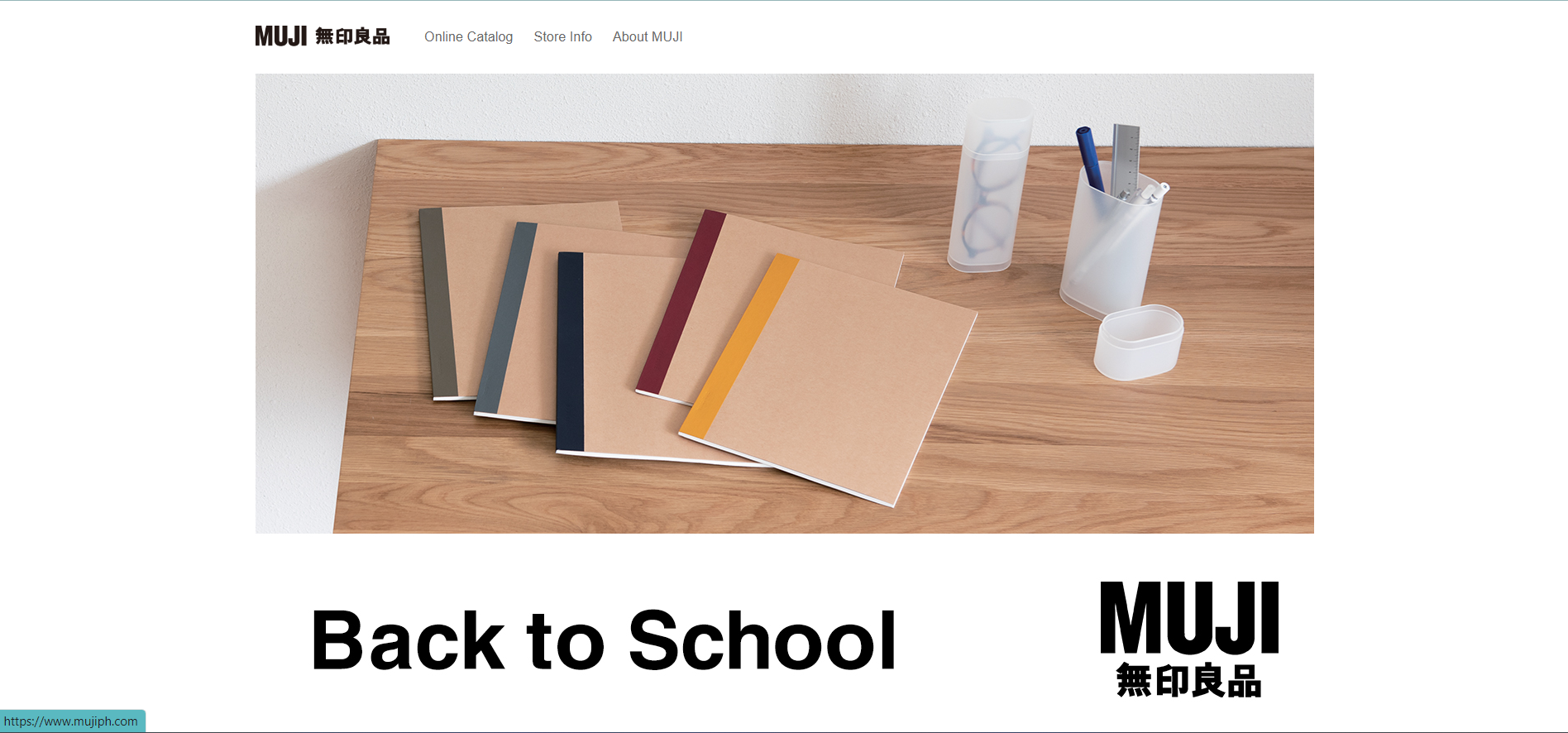Tailoring the shopping experience to individual users
Personalization and customization are key strategies in ecommerce that aim to provide a tailored shopping experience for individual users.
Personalization starts with understanding the user's preferences, browsing history, purchase behavior, and demographic information. This data can be collected through various means, such as user accounts, cookies, and tracking pixels.
Dynamic content and product recommendations
This can be done through various methods, such as displaying "Recommended for You" sections, personalized product carousels, or email campaigns.
Dynamic content and product recommendations help users discover new products and increase the chances of conversion by presenting them with items that align with their interests and preferences. This level of personalization can significantly improve the user experience and drive customer loyalty.
User-generated content and reviews
User-generated content (UGC) and reviews are crucial in personalization and customization. UGC includes customer reviews, ratings, testimonials, and user-generated photos or videos. Additionally, UGC can be leveraged to personalize the shopping experience.
For example, displaying reviews and ratings from users with similar preferences or demographics can help users find the most relevant products. User-generated content also fosters community and trust, further enhancing the shopping experience.
Implementing personalization effectively
To implement personalization effectively, ecommerce websites should consider the following best practices:
- Data privacy and transparency: Obtain user consent for data collection and communicate how the data will be used to personalize the shopping experience. Ensure compliance with privacy regulations.
- Relevant and non-intrusive personalization: Personalize the user experience without being overly intrusive. Avoid bombarding users with irrelevant recommendations or promotions.
- Continuous testing and optimization: Regularly test and optimize personalization algorithms to ensure accuracy and relevance. Collect user feedback to refine personalization strategies.
- Seamless integration across channels: Personalization should be consistent across all touchpoints, including website, mobile app, email, and social media. Ensure a seamless experience for users as they navigate between different channels.
- Flexibility and adaptability: Allow users to control their personalization settings and preferences. Provide options to opt-out or modify personalization features.
By implementing personalization effectively, ecommerce websites can create a more engaging and customized shopping experience, leading to increased customer satisfaction, loyalty, and ultimately, higher conversion rates.









